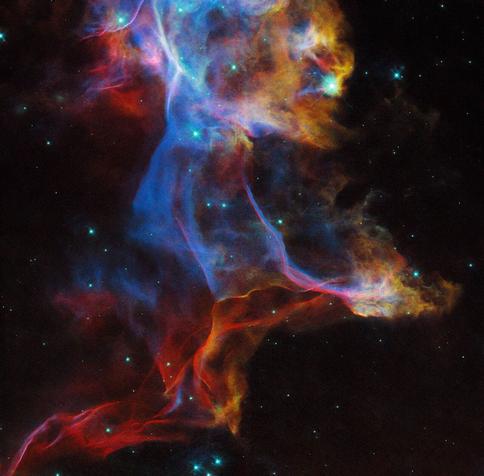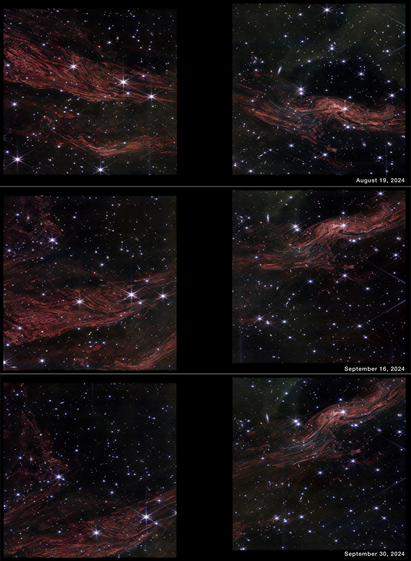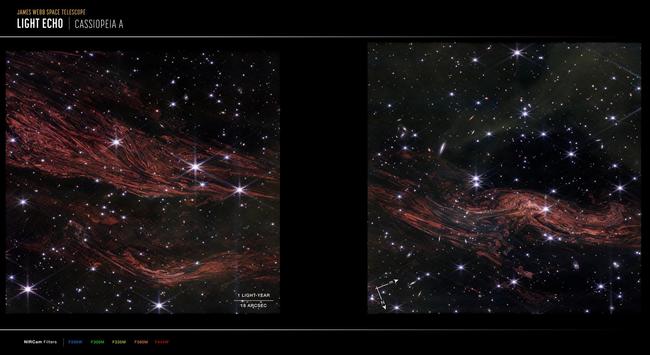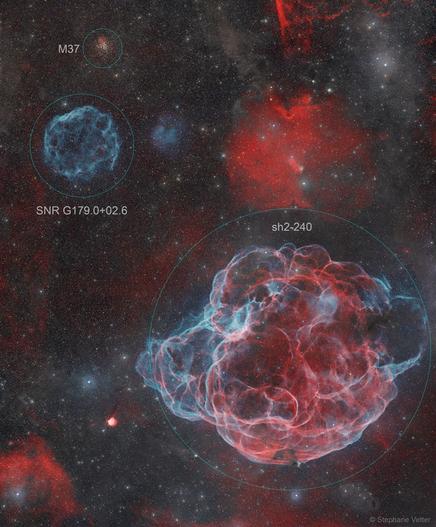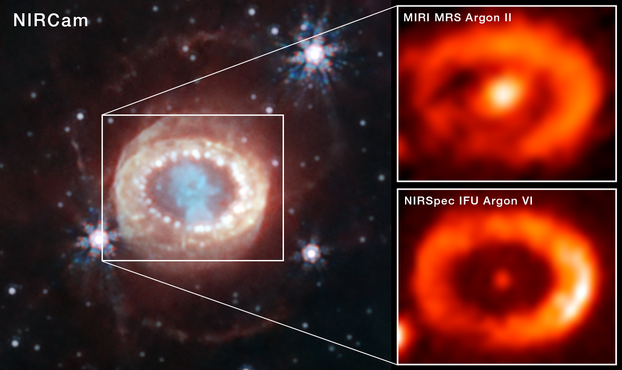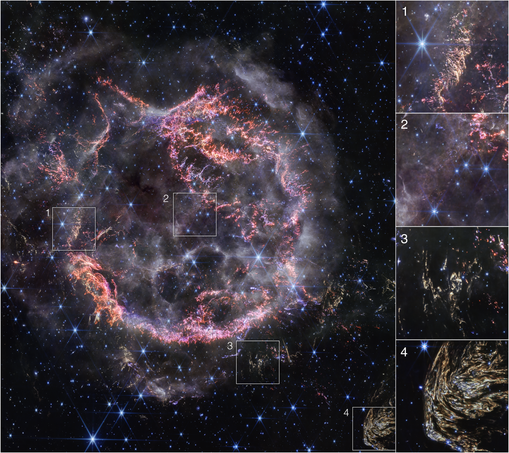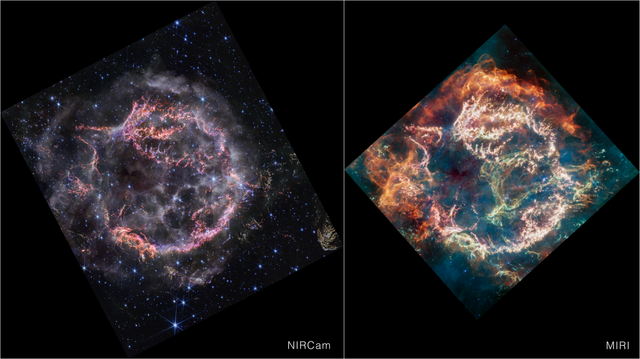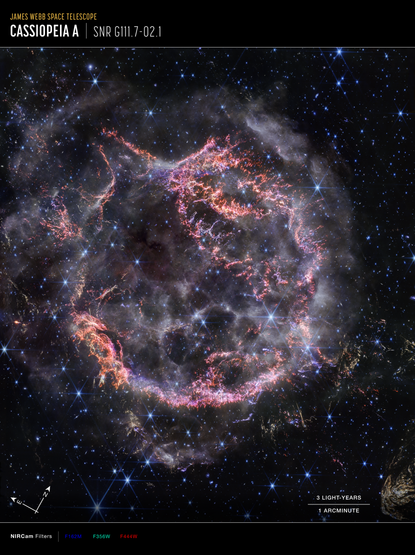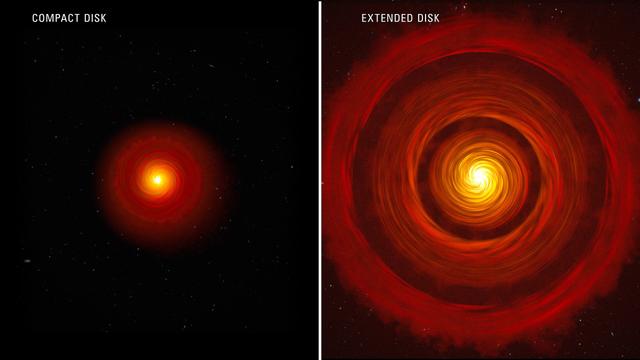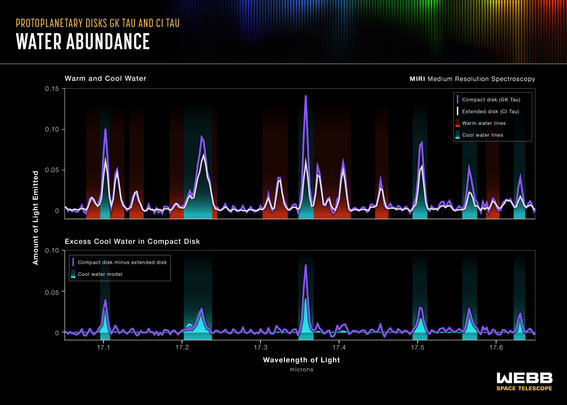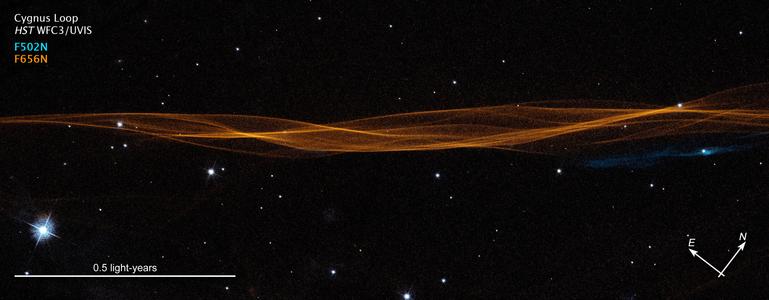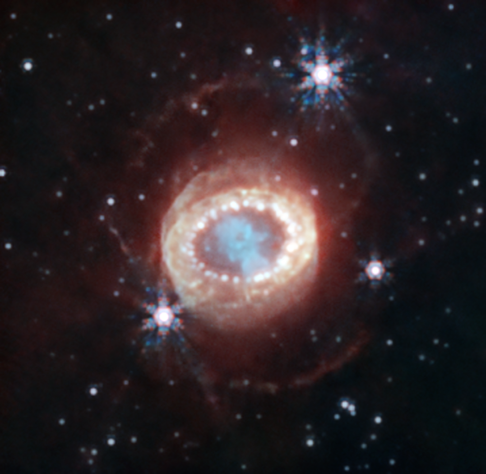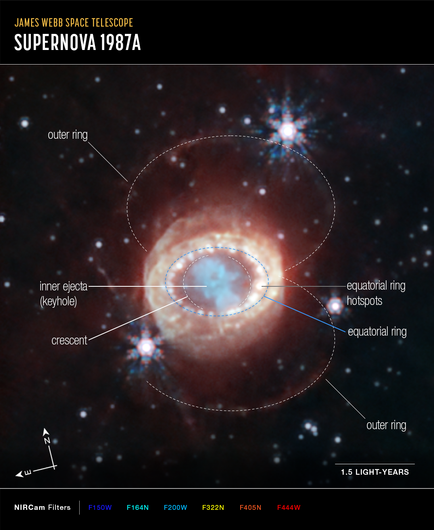Adding Dimension to Cassiopeia A https://www.nasa.gov/image-article/adding-dimension-to-cassiopeia-a/ #NASA #SupernovaRemnants
#SupernovaRemnants
Seeing the Cygnus Loop in a New Way https://www.nasa.gov/image-article/seeing-the-cygnus-loop-in-a-new-way/ #NASA #SupernovaRemnants
NASA’s Chandra Releases New 3D Models of Cosmic Objects https://www.nasa.gov/missions/chandra/nasas-chandra-releases-new-3d-models-of-cosmic-objects/ #NASA #ChandraXRayObservatory #Astrophysics #General #MarshallAstrophysics #MarshallSpaceFlightCenter #SupernovaRemnants #TheUniverse
Hubble Captures New View of Colorful Veil
Hubble Captures New View of Colorful Veil https://science.nasa.gov/missions/hubble/hubble-captures-new-view-of-colorful-veil/ #NASA #Astrophysics #AstrophysicsDivision #GoddardSpaceFlightCenter #HubbleSpaceTelescope #Nebulae #SupernovaRemnants
Cassiopeia A Light Echoes (Spitzer Context) ✨
#ActiveGalaxies/Quasars #DistantGalaxies #Dust #Nebulas #SupernovaRemnants
⏩ 4 new pictures from Webb (NASA) https://commons.wikimedia.org/wiki/Special:ListFiles?limit=8&user=OptimusPrimeBot&ilshowall=1&offset=20250115100539
#SupernovaRemnants Big and Small
#Astronomy #Picture of the Day
New in the #VirtualObservatory: “HST Ha obs. of SNR B0509-67.5 in 2006 & 2016” by Arunachalam P. et al.
https://cdsarc.cds.unistra.fr/viz-bin/cat/J/ApJ/938/121
#SupernovaRemnants #HAlphaPhotometry #VisibleAstronomy #ProperMotions
Serpens North – Aligned Outflows Crop (NIRCam) ✨
#EmissionNebulas #Nebulas #NeutronStars #Pulsars #ReflectionNebulas #StarFormingRegions #SupernovaRemnants
⏩ 6 new pictures from Webb (NASA)
New in the #VirtualObservatory: “SNR 0509-67.5 surviving companion search” by Shields J.V. et al.
https://cdsarc.cds.unistra.fr/viz-bin/cat/J/ApJ/950/L10
#EffectiveTemperature #AstronomicalModels #Metallicity #SupernovaRemnants
SN 1987A (NIRCam, MIRI and NIRSpec Images) ✨
#NeutronStars #Stars #SupernovaRemnants #Supernovae
▶️ 1 new picture from Webb (NASA) https://commons.wikimedia.org/wiki/File:SN_1987A_%28NIRCam%2C_MIRI_and_NIRSpec_Images%29_%282024-112%29.png
During #eRASS1 from 12/19 to 06/20, #eROSITA found more than 700,000 supermassive black holes in distant galaxies (active galactic nuclei), 180,000 #Xray emitting stars in our #Milkyway, 12,000 clusters of galaxies, and other exotic classes of sources: #Xray emitting #BinaryStars, #SupernovaRemnants, #Pulsars. The ~50 paper highlighting 1000 superclusters of galaxies, a giant filament of pristine warm-hot gas extending between two galaxies and two new Quasi-Periodically Erupting QPE #blackholes
Less than 24 hours until #erositadr1, the first data release of the #eROSITA #xray #spacetelescope!
With ~ 900.000 distinct sources, the first #AllSkySurvey #eRASS1 has yielded the largest X-ray catalogue ever! Get ready for supermassive #blackholes, X-ray emitting stars in our #Milkyway, clusters of galaxies, X-ray emitting #BinaryStars, #SupernovaRemnants, #Pulsars, and other objects - And about 50 new publications from the German eROSITA consortium!
⚠ Tomorrow, January 31, 10:00 CET!
Cassiopeia A (NIRCam and MIRI side by side) ✨
#SupernovaRemnants #Supernovae
⏩ 4 new pictures from Webb (NASA) https://commons.wikimedia.org/wiki/Special:ListFiles?limit=4&user=OptimusPrimeBot&ilshowall=1&offset=20231211104044
Crab Nebula (NIRCam and MIRI Compass Image) ✨
#EmissionNebulas #Multimission #Nebulas #NeutronStars #Pulsars #StellarDisks #SupernovaRemnants #Supernovae
⏩ 5 new pictures from Webb (NASA) https://commons.wikimedia.org/wiki/Special:ListFiles?limit=11&user=OptimusPrimeBot&ilshowall=1&offset=20231111093226
Cygnus Loop Compass Image ✨
⏩ 2 new pictures from Hubble (NASA) https://commons.wikimedia.org/wiki/Special:ListFiles?limit=6&user=OptimusPrimeBot&ilshowall=1&offset=20230929093058
✨ 2 new pictures from Webb (NASA)
- Supernova 1987A (NIRCam Compass Image)
- Supernova 1987A (NIRCam Image)
#astronomy #supernova #SupernovaRemnants #HubbleSpaceTelescope #NuetronStar #magnetar
An image captured by the Hubble Space Telescope portrays the supernova remnants cataloged as DEM L 190 or LMC N49 or by other designations observed in the Large Magellanic Cloud. The debris produced by the explosion of a massive star formed what appear from Earth as delicate colored filaments.
